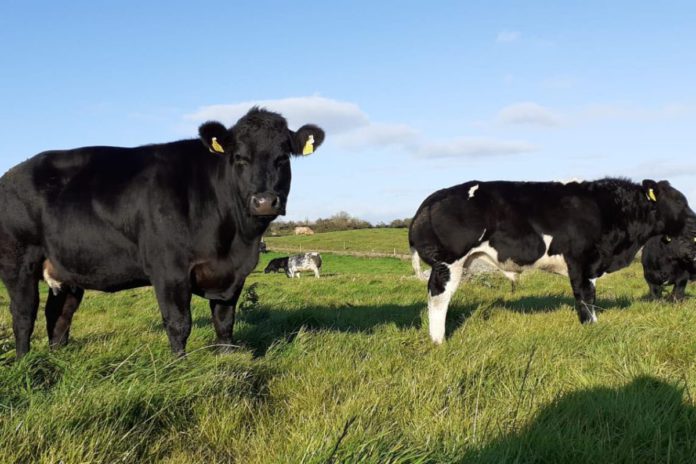Martina Harrington, Teagasc beef specialist, encourages a positive outlook for January and focuses on 10 jobs every suckler farmer should complete this January.
We are starting into another strange year with the number of Covid -19 cases being at an all-time high.
However, January is still the start of a new year, spring is coming, the days will get longer, and new life will be born onto farms. It’s a time to get things done if they are not done already.
10 jobs every suckler farmer should complete this January
- Firstly, take soil samples – January is an ideal time to assess the fertility of your soils. It’s the longest time from when any slurry, farmyard manure or fertiliser has been applied. If taken early you will have your results back and your advisor can complete a nutrient management plan for you. This will detail where lime, phosphorous and potassium are needed most, and you can get the best use out of your slurries/FYM and compound fertiliser after the 15th or January 31st as applicable (see table/map above).
- Take silage samples– If not done already. Silage pits and bales are open, and sampling will be very easy.
- Weigh your cattleto check how they have performed over the winter. The weights along with the silage samples can tell you a lot. If the weights are poor, was it the silage? If the silage was good and you balanced properly with meal, maybe you have an issue with ventilation, lying space or feed space in the shed. You can investigate now and correct for next year.
- Take a faecal egg sample from your cattle especially weanlings to see has your winter dosing programme worked. If there are stomach worm eggs or liver fluke eggs in the results, it has not. You can discuss with your advisor or vet now and correct. You will also have this knowledge for next year and avoid the same mistakes.
Other tips:
- Check for lice: If cattle are scratching you will need to go in with a second treatment.
- Vaccinate your cows: Ensure all their vaccinations are up to date and given within the correct time period to ensure there are adequate antibodies in the colostrum
- Get ready for calving: Use your scan results and record on a sheet when each cow is due to calve. Identify cows carrying twins as they will likely calve early. Ensure you are feeding a good-quality pre-calving mineral high in magnesium, phosphorous, selenium and Iodine, for six-week pre-calving. For loose minerals, feed 100grams per head per day. Service any calving cameras, check the calving gates and pens are working and not rusted or stuck, clean and disinfect calving pens, clean dirty cows where necessary, locate and service the calving jack, order your tags. Buy in all your supplies like gloves, spare sets of calving ropes, stomach tubes, iodine, disinfectant, lubricant etc. in plenty of time and store in clean dry cupboard close to the calving pens.
- Walk your farm: Check fences, stakes and gates. You can carry out any repairs before the busy calving season starts. Check on grass covers and start to plan your turn out, step one should be having urea or protected urea in the yard ready for after the 12th/15th/31st of January depending on your area (see table below) and when soil temperatures reach >6oC and ground conditions allow.
- Complete your 2020 Profit Monitor
- Update your Health and Safety statement





